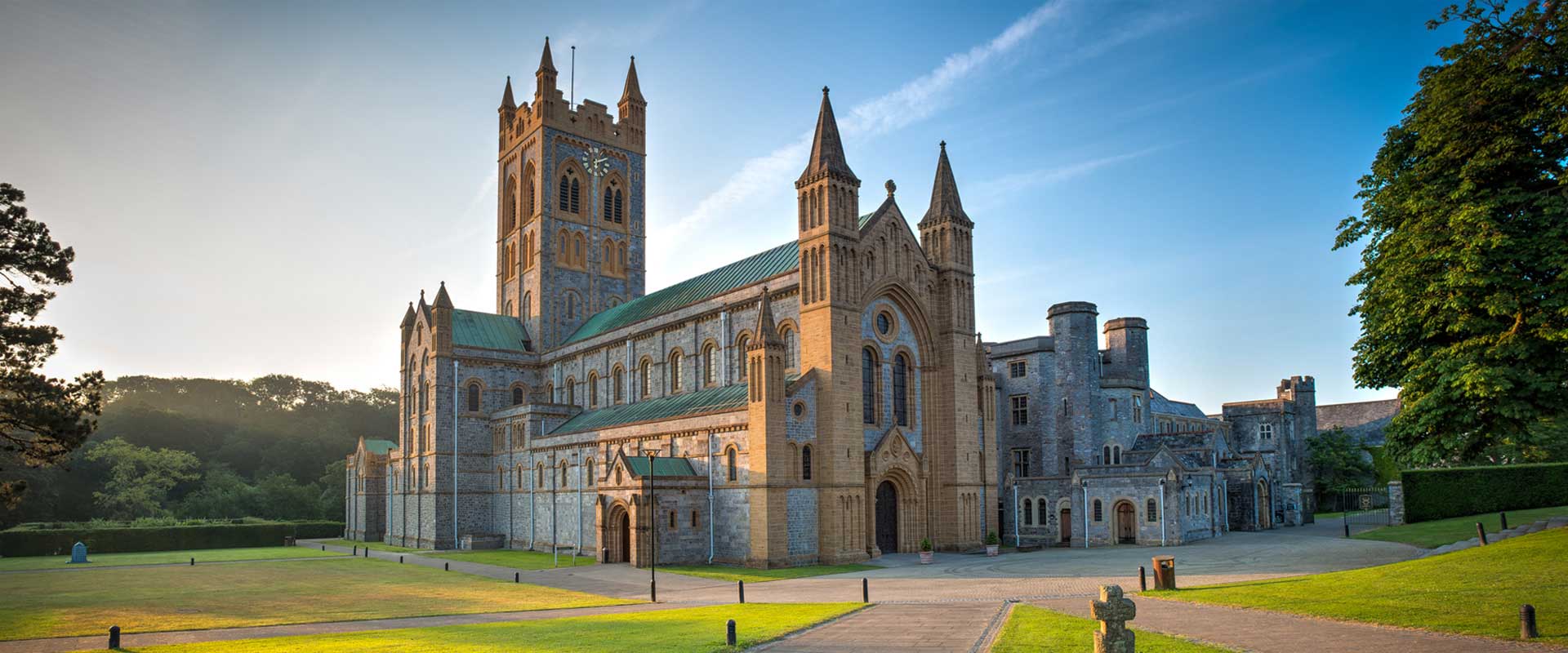
Buckfast abbey
Buckfast abbey
Buckfast Abbey, Buckfastleigh TQ11 0EE
Buckfast Abbey, with its rich and storied past, is a remarkable historical site in Devon, England. Founded in 1018 during the reign of King Canute, it initially operated as a Benedictine monastery. The abbey underwent significant changes in 1147, becoming a Cistercian monastery and being rebuilt in stone. This transformation marked the beginning of a prosperous era for Buckfast, as it became a wealthy landowner, heavily involved in fishing and the wool trade.
The Black Death in the 14th century severely impacted the monastery, drastically reducing its population. However, by the mid-15th century, Buckfast Abbey had regained its prosperity and flourished once more. It maintained its social responsibilities by running a guest hall, almshouse, school, and supporting local trade through fairs and markets.
The 16th century brought challenges, with the abbey in decline. The Dissolution of the Monasteries under King Henry VIII in 1539 led to the closure of Buckfast Abbey. The site and its treasures were seized, and the buildings were left in ruins for over two centuries.
In the 19th century, the site saw a revival. In 1882, Benedictine monks, exiled from France, arrived at Buckfast and began the process of restoring the abbey. Their efforts culminated in the construction of a new abbey church between 1906 and 1938, largely following the footprint of the original Cistercian structure. The architectural style of the new church was inspired by Norman Transitional and Early English designs.
Today, Buckfast Abbey stands as a testament to the resilience and enduring faith of its monastic community. It has become a significant cultural and historical landmark, attracting numerous visitors who come to explore its rich history and tranquil surroundings